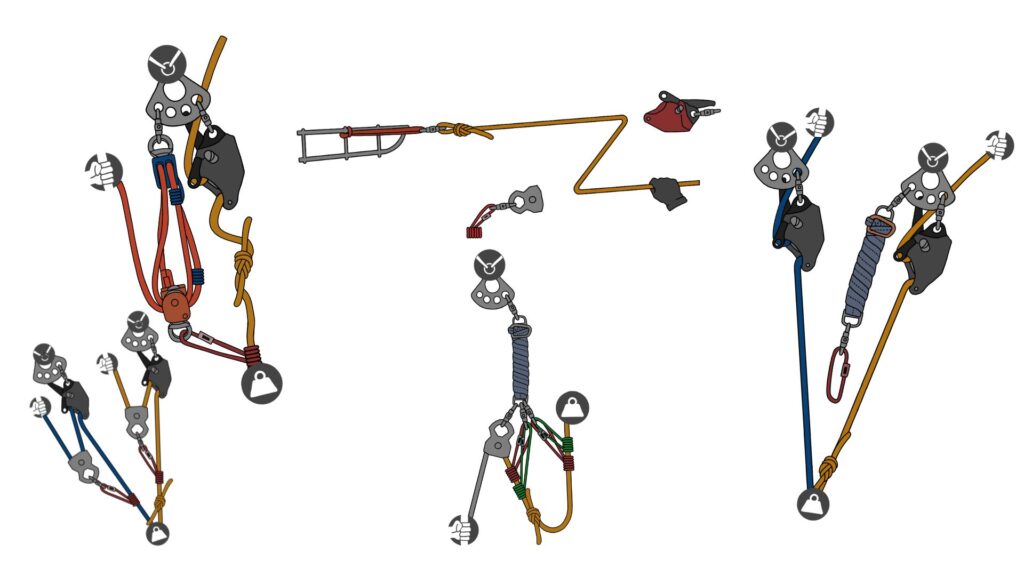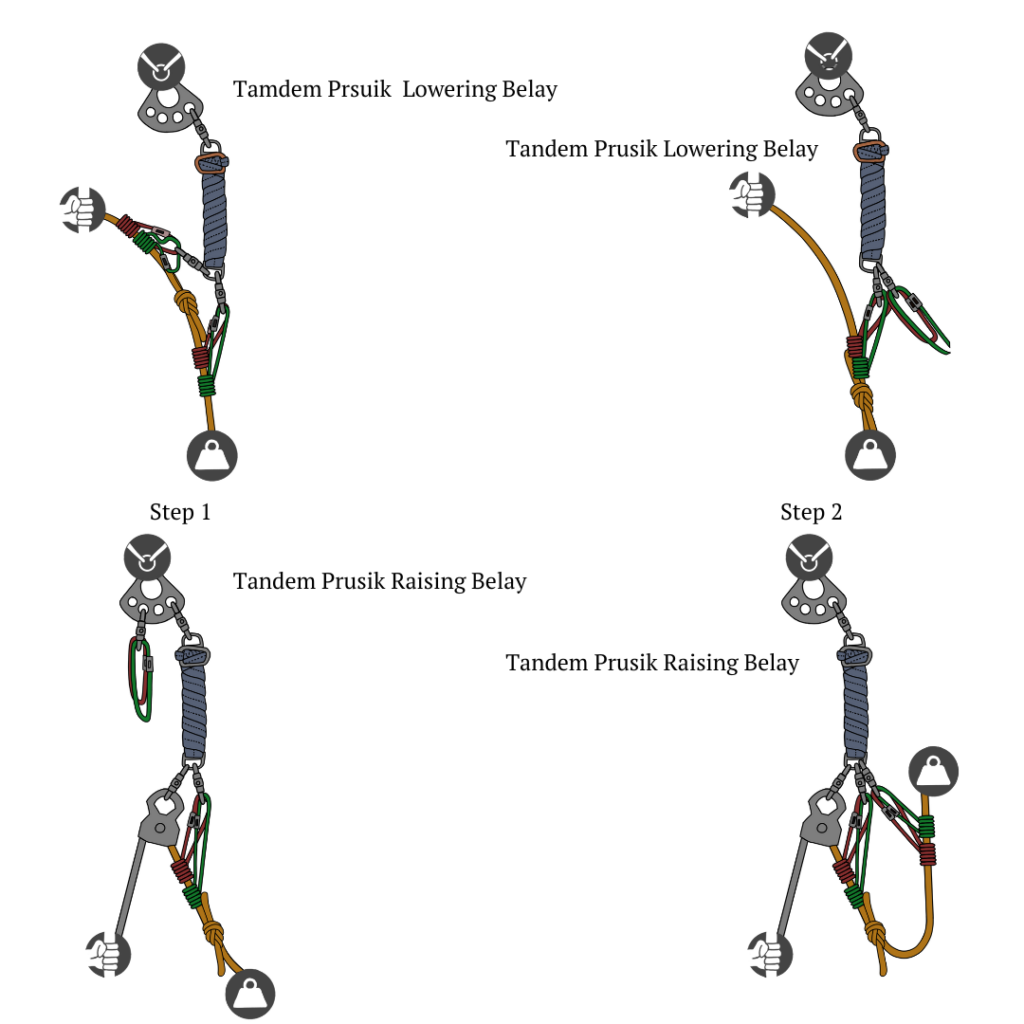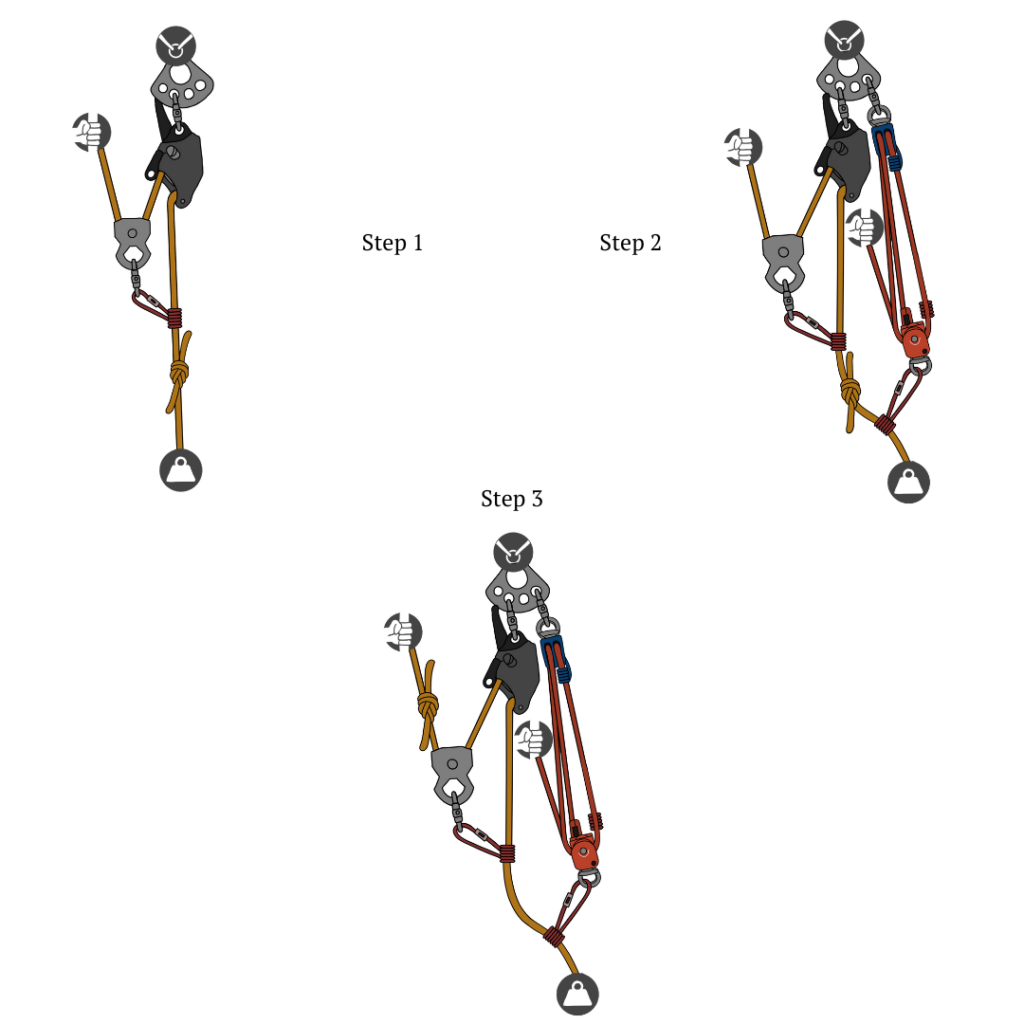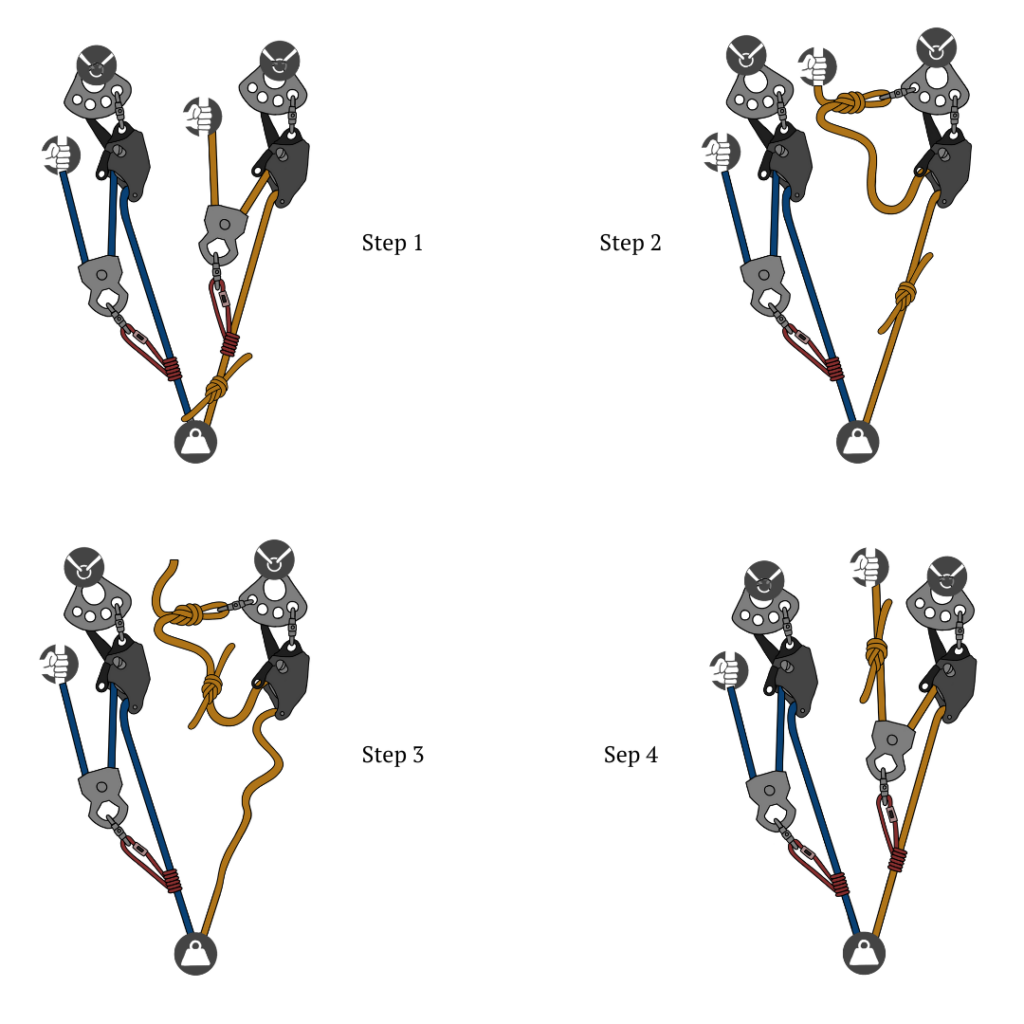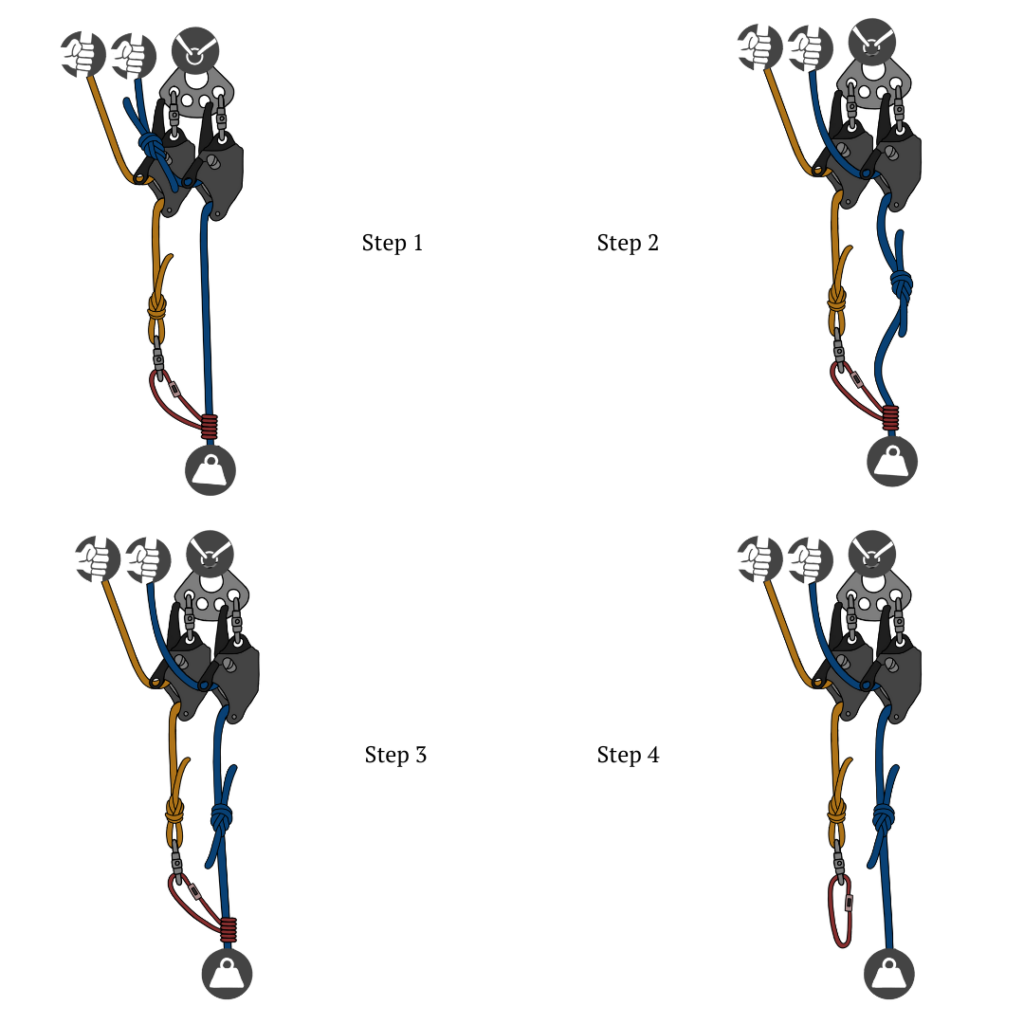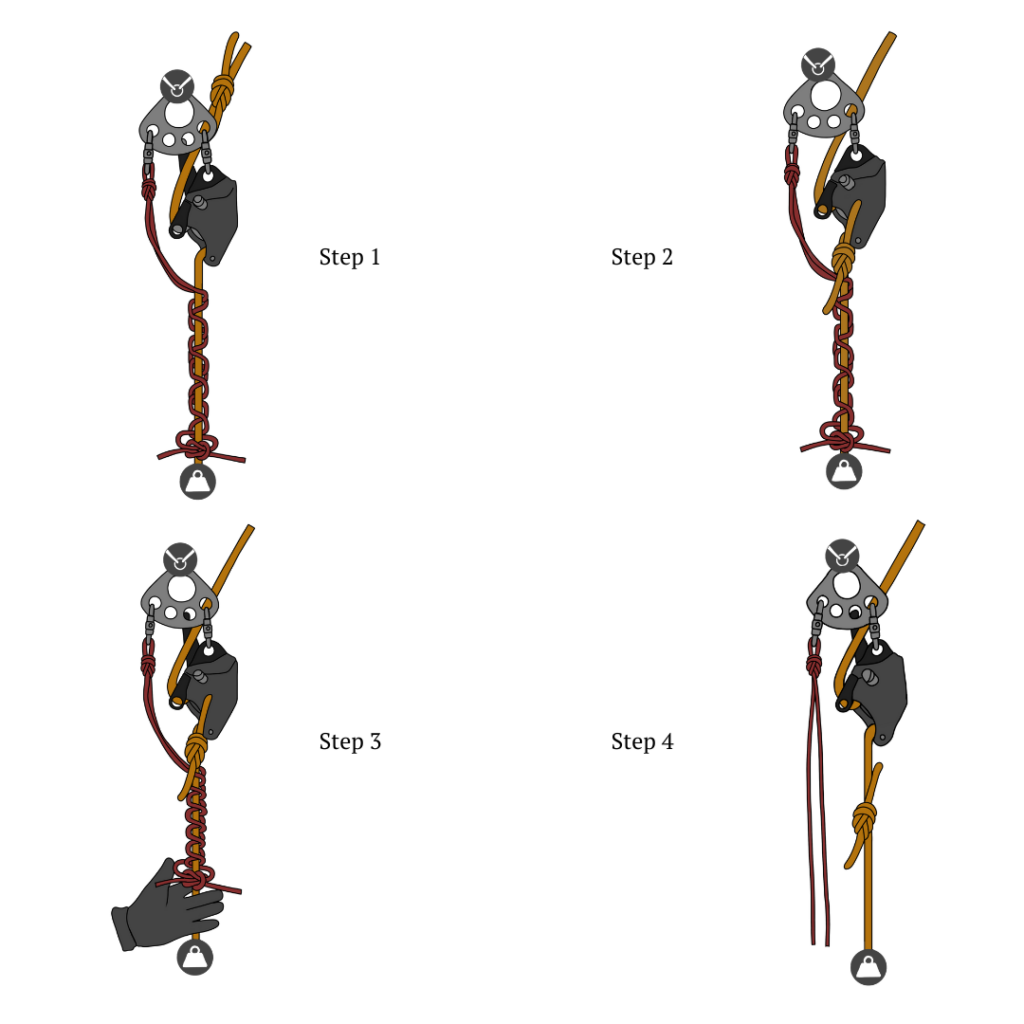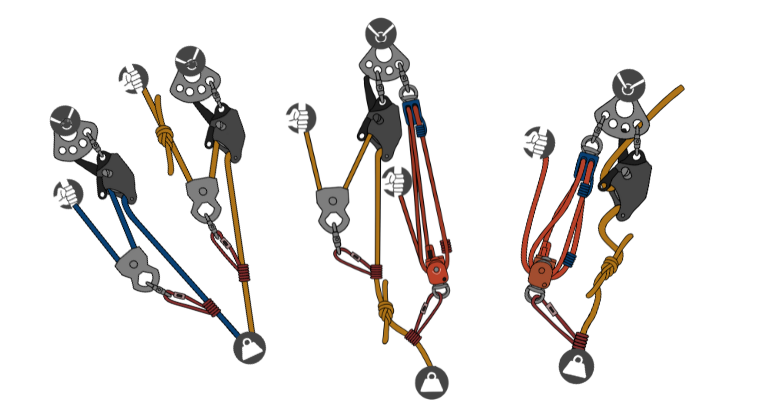Mastering Challenges: Moving Around Problems with Expert Techniques
In the world of rigging, passing knots through a system is a crucial skill that parallels the challenges we face in life. Instead of pushing through problems, mastering the art of maneuvering around them can lead to more effective and innovative solutions. This blog will explore how knot passing techniques can be applied as an […]
Mastering Challenges: Moving Around Problems with Expert Techniques Read More »

